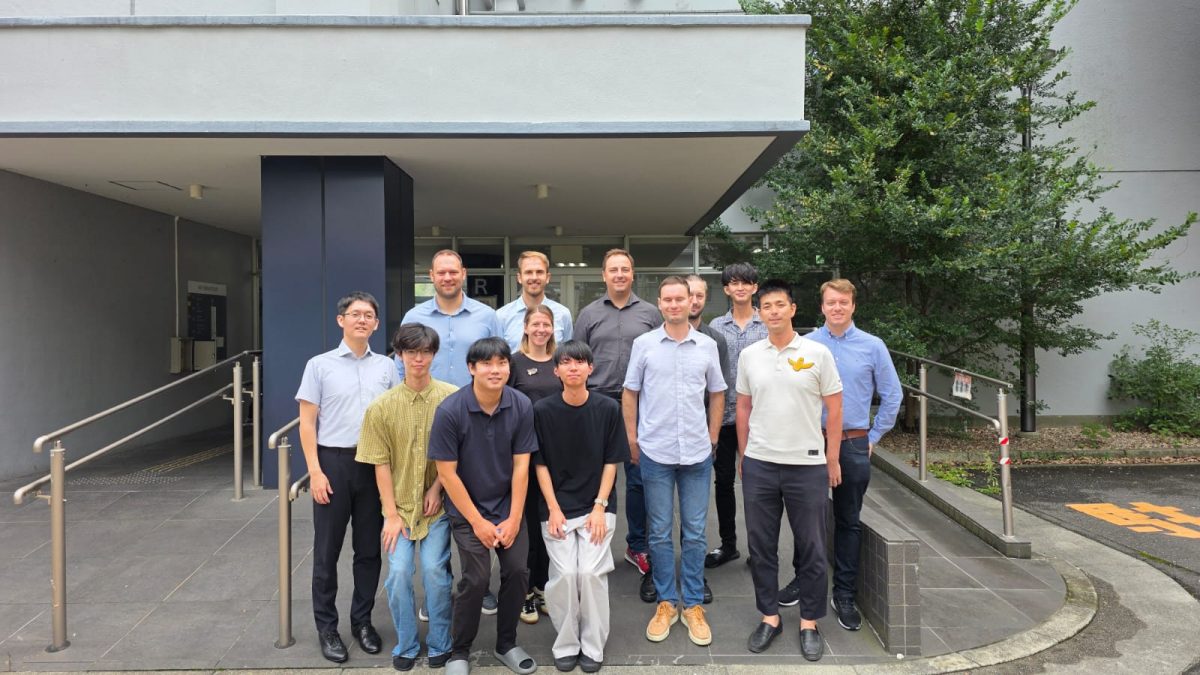
LEST Study Visit to Osaka University’s Carbon Neutral Engineering Laboratory
What: Visit to Osaka University
Where: Osaka University, Osaka, Japan
When: 15th of October 2025

As part of LEST study visit in Japan, we visited Osaka University, where we were warmly welcomed by Associate Professor Shinya Yoshizawa and his team from the Carbon Neutral Engineering Laboratory.
Following a brief introduction, we engaged in an in-depth exchange on topics highly relevant to the ongoing energy transition and the electrification of transport. Associate Professor Shinya Yoshizawa presented his research on large-scale spatiotemporal modelling of travel behaviour, electric vehicle (EV) charging demand, and flexibility based on human mobility big data. His findings emphasised the importance of integrating traffic, energy, and spatial behaviour to support coordinated and efficient EV infrastructure planning.
Associate Professor Katsuya Sakai introduced his research on the spatial characteristics of EV charging potential, which aims to determine the optimal placement and capacity of charging stations while accounting for station heterogeneity. This includes the varying attractiveness and accessibility of charging stations, which strongly influence user preferences and charging behaviour.
Among Yoshizawa’s team, Yudai Yao presented a dynamic pricing system for EV charging designed to promote PV utilisation and encourage load shifting, helping to better align charging demand with renewable generation patterns. Kosuke Kemmotsu presented work on peak demand reduction from EV charging strategies and PV utilisation, and Taiji Sato discussed the placement of EV fast charging infrastructure to improve user convenience and charger utilisation.
The discussions also touched on Japan’s national policy goals, which foresee that by 2035 all new passenger car sales will be either electric or hybrid vehicles, and that by 2030 the country aims to deploy 300,000 EV charging ports, including 30,000 fast chargers. These targets underline Japan’s commitment to achieving carbon neutrality by 2050. It appears that Japan is also facing challenges similar to those in Slovenia, where the low-voltage grid is expected to experience significant stress due to the rapid increase in demand from EV chargers (and other electrification efforts), highlighting the need for proactive planning and flexibility integration to ensure reliable grid operation.
We extend our sincere gratitude to Associate Professors Yoshizawa and Sakai and their teams for their hospitality and for sharing valuable insights into Japan’s advancing electromobility, smart charging, and decarbonisation strategies.